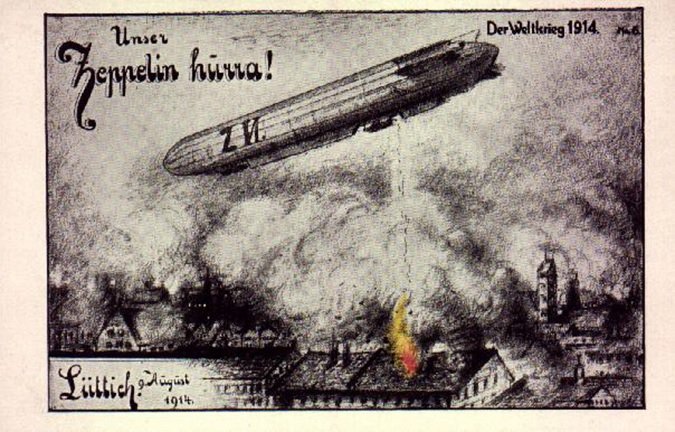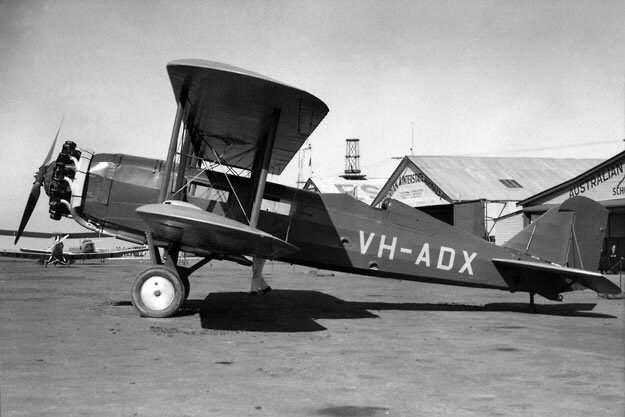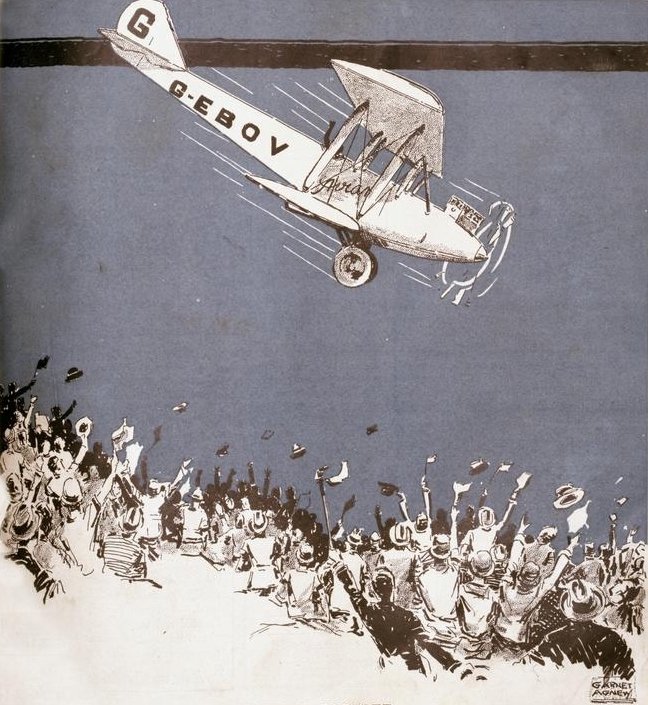Scareships over YouTube
Catherine Warr, a Yorkshire-based historian, recently posted a video on the British phantom airship panic of 1909 which you can watch on YouTube, or right here: This is terrific public history: engaging and fun while being informative and accurate. Catherine has dozens more videos on her channel, including a bunch of airminded ones (e.g. British airships; […]











